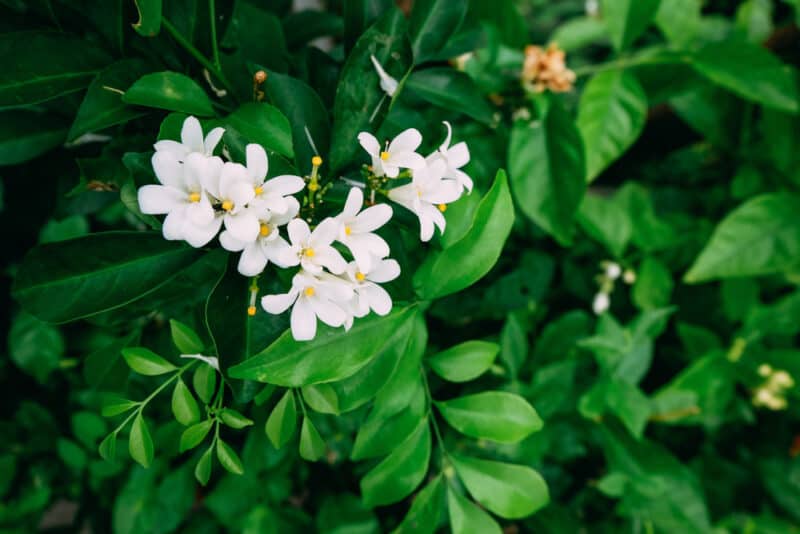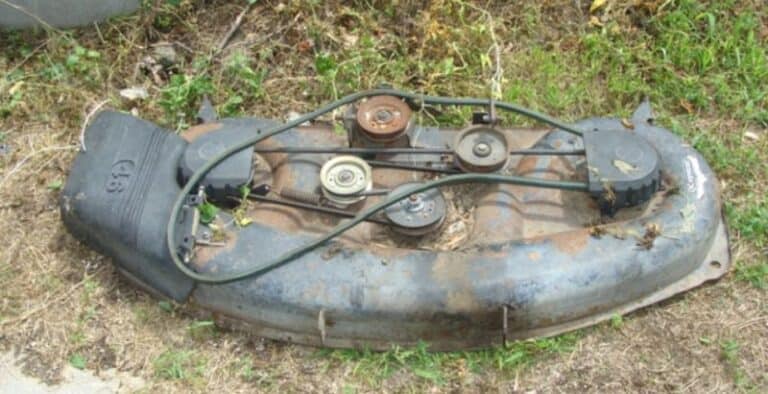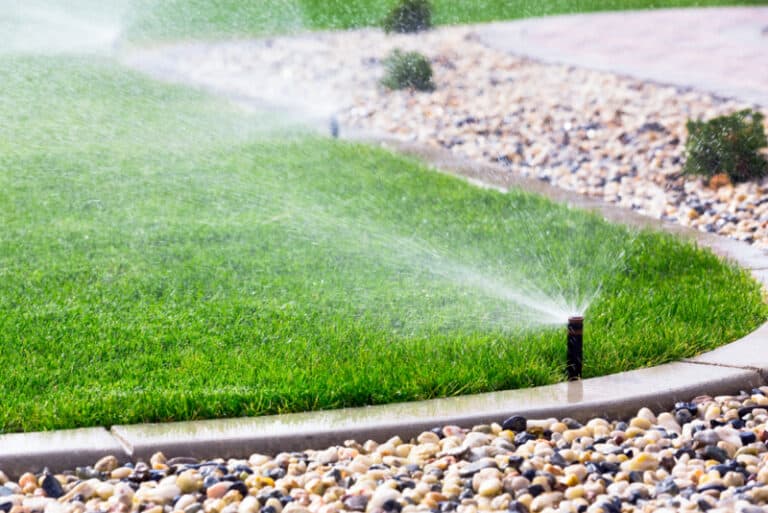How to Kill Asian Jasmine the Right Way

The Asian Jasmine is a lovely plant known for its fragrant flowers and beautiful leaves. However, it can become intrusive, taking over your entire garden area. It can also cover your walkways and lawns. Therefore, you might decide to get rid of the plant completely. Or it could be that you want to try something different with your garden. Whatever your reason is, you need to get rid of your Asian Jasmine the right way. Read on to find out how to kill Asian Jasmine the right way and commonly asked questions about Asian Jasmine.
Step-by-Step Guide to Getting Rid of Asian Jasmine
The first thing you need to do is trim the plant to ground level. This will make it weaker – it will make it easier for you to remove the plant. You will need a pair of pruning shears or a weed whacker to chop the plant, so the chopped material does not spread. Ensure that you dispose of all the plant material far away from your garden since this plant can propagate through cuttings.
Now that you have short Asian Jasmine plants, it’s time to extract the roots. I recommend watering the garden a day before, to make work easier. You can use a rake or shovel to loosen the roots of the jasmine. Then use your hands to extract the roots carefully. Try to keep them intact as possible to minimize the chances of broken roots sprouting more plants. You also need to dispose of the roots properly.
Finally, spray the area with liquid herbicide if you notice some persistent Jasmine plants. The best time to spray would be a day with little wind. You can pick any herbicide intended for broadleaf plants.
Will vinegar kill Asian Jasmine?
You might be looking for a way to kill jasmine without using so much physical strength. But even then, you might be hesitant to use herbicides in your garden. What’s the next available option? Vinegar. Yes, white vinegar can kill Asian Jasmine. However, remember that white vinegar will also kill other plants in the garden.
Which herbicides can kill Asian Jasmine?
You can use any glyphosate-based herbicide, such as Roundup and Network, to kill Asian Jasmine. Notably, these herbicides work well if the plant has sufficient foliage. But since Asian Jasmine is a climbing plant, the intertwined plant will be sprayed as well. That’s why it helps to cut the Asian Jasmine plant to ground level first. Once you cut the Jasmine, you might consider applying Vigilant gel to the cut shoots. Vigilant contains an active ingredient that travels to the root system, killing the plant.
Does Asian Jasmine attract snakes?
Snakes use their mouths to collect scent molecules. Therefore, we can rule out the possibility of the sweet aroma of Asian Jasmine attracting snakes. However, it’s more complicated than that. Other animals like rodents and birds are attracted to Asian Jasmine plants. These animals, in turn, are food for the snakes. So, in the end, snakes might find their way to an Asian Jasmine plantation. And once they get there, they enjoy the shade, especially on days when the temperatures skyrocket.
The type of snake you can expect to find in your Asian Jasmine garden depends on where you live. However, North American species are a common sight in gardens and lawns.
How can I keep snakes away from my Asian Jasmine plants?
Some snake species, such as rattlesnakes, are venomous. So you must keep them off your garden, especially if you have kids or pets. One of the things you can do to keep snakes away is to cut tall grass and get rid of any other debris. That way, rodents, and snakes will have nowhere to hide. You can also plant species whose scents repel snakes. Examples include garlic and lemongrass. Alternatively, spray a snake-repellant solution on your Asian Jasmine plants.
What is the difference between Asian Jasmine and Confederate Jasmine?
Most people have difficulty telling the difference between Asian Jasmine and Confederate Jasmine. I mean, the two look exactly alike when small. But as they grow, the differences start to manifest. One of the telltale differences between the two is the size of their leaves. Confederate Jasmine tends to have larger leaves. You will also notice that the confederate jasmine has more conspicuous flowers than Asian jasmine.
How long does it take for Asian Jasmine to form ground cover?
How long it takes for your Asian jasmine to form a thick carpet depends on how far apart you plant them. If the plants are about 10 inches apart, you can expect a thick carpet in about a year. For plants with 18-inch centers, it might take up to two years.
What are the disadvantages of the Asian Jasmine plant?
The Asian Jasmine plant is known to be invasive – it can easily take up the entire garden area. But it has other disadvantages. One of them is the fact that it can easily swallow other shrubs. Besides, this plant doesn’t handle foot traffic well, so you are restricted on where you can plant them. Not to mention how hard it can be to eliminate this plant.
Does the Asian Jasmine Plant have advantages?
Although the plant can be a handful, it has a good side. Top of the list is that it goes a long way in controlling soil erosion due to the perfect ground cover. It is also a low-maintenance plant. Additionally, the plant does well in both dry and cold regions. And to add icing to the cake, it attracts songbirds.
Which pests attack Asian Jasmine plants?
Asian Jasmine is quite resilient when it comes to pests and diseases. However, it can contract powdery mildew and other diseases caused by fungi. Powdery mildew, as the name suggests, makes the foliage and stems of a Jasmine plant look like they have been sprinkled with baby powder. It usually attacks new growth in spring, deforming buds, flowers, leaves, and shoots. You might consider trimming the neighboring vegetation to expose the Asian jasmine to more sunlight. You also need to ensure that you don’t overwater or over-fertilize the plant. Alternatively, you can apply fungicides that contain sulfur or potassium bicarbonate before the powdery mildew symptoms kick in.
Another common infection is the southern blight infection, often referred to as white mold. The first symptom you will notice on the Asian Jasmine plant would be yellowed, wilting lower leaves. Notably, it is a difficult infection to control, so prevention is your best option. It would help to remove mulch from around the plant, since the fungus can thrive beneath the mulch. It is also essential to sanitize garden tools before pruning affected areas and destroying the cuttings away from the garden. Unfortunately, there are no fungicides at the moment to control southern blight.
Is Asiatic Jasmine poisonous?
While true Jasmine is not poisonous, Asian jasmine has harmful leaves and roots. The sap produced by the plant irritates sensitive skin. And although there are no records of the plant being toxic to humans, it is not advisable to consume it.






